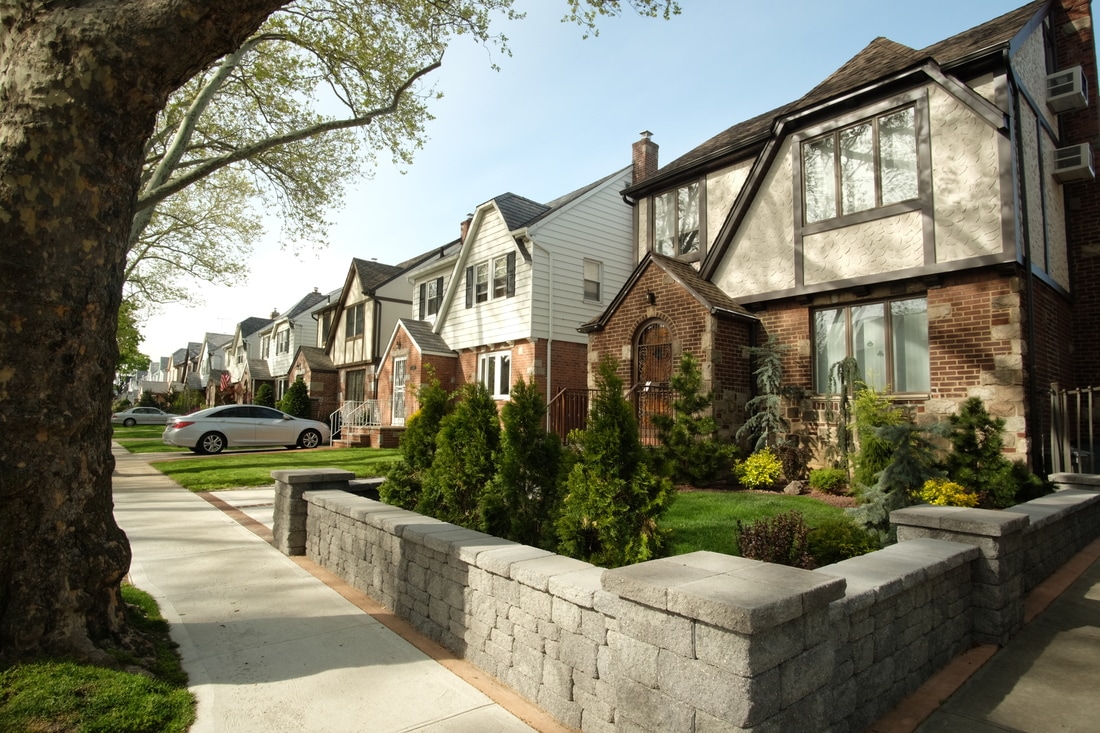
One of the most beautiful streets in Maspeth is 69th Lane between Eliot and 60th Avenues. This block is dominated by towering trees and Tudor-style homes unique to the area. The original name of this development may come as a surprise. The 38 houses here were once marketed as the “Nassau Heights Homes”.
In the late 19th and early 20th centuries, there was a bit of a Nassau naming craze. In 1898 when Brooklyn and Queens became part of the City of New York, the 70% of Queens comprised of the towns of Oyster Bay, Hempstead and North Hempstead was broken off into a new county. The chosen name of the new county was “Nassau”, which was an old and disused name for Long Island. (The name does not come from a Native American dialect, as is popularly believed, but rather in honor of Dutch and English monarch William III also known as “William of Orange-Nassau”, who ruled over much of Europe as well as New Netherland. The Nassau referred to is actually the name of a town located in Germany.)
In the late 19th and early 20th centuries, there was a bit of a Nassau naming craze. In 1898 when Brooklyn and Queens became part of the City of New York, the 70% of Queens comprised of the towns of Oyster Bay, Hempstead and North Hempstead was broken off into a new county. The chosen name of the new county was “Nassau”, which was an old and disused name for Long Island. (The name does not come from a Native American dialect, as is popularly believed, but rather in honor of Dutch and English monarch William III also known as “William of Orange-Nassau”, who ruled over much of Europe as well as New Netherland. The Nassau referred to is actually the name of a town located in Germany.)
Around the time of consolidation, there was an effort to rename Newtown Creek as the Nassau River, due to its polluted reputation. The name never stuck, although even today you can find references to the Nassau River in recent geological surveys and other government documents.
Another part of the Nassau renaming frenzy saw the Maspeth/Middle Village area branded as “Nassau Heights”. This was located adjacent to “Newtown Heights”, which today is known as South Elmhurst. Taking a neighborhood name and adding “heights” to it was a marketing tactic frequently employed by real estate marketers to make an area sound more appealing, and as the city wanted to promote the development of Queens, it encouraged these renamings, going so far as to include them on official planning maps.
Another part of the Nassau renaming frenzy saw the Maspeth/Middle Village area branded as “Nassau Heights”. This was located adjacent to “Newtown Heights”, which today is known as South Elmhurst. Taking a neighborhood name and adding “heights” to it was a marketing tactic frequently employed by real estate marketers to make an area sound more appealing, and as the city wanted to promote the development of Queens, it encouraged these renamings, going so far as to include them on official planning maps.
Real estate is, as the saying goes, all about “location, location, location”. Developers Deinhardt and Brandenstein banked on the Nassau Heights section due to its proximity to the site of the future Juniper Valley Park, which the City was in the process of procuring when ground was broken on the first set of 5 homes in 1936. D&B built several variations of a Tudor-style 1-family design. Each house was 2 stories tall and made of brick and stone. Their goal was to provide quality construction at an affordable price. The homes were listed for less than $5,800. Amenities included: 6 large rooms and an attic, colored tile in kitchens and bathrooms, and weather stripping on windows and all outside doors. It’s funny to think of “sewers, curbs and sidewalks all in and paid for” as a selling point today, but improvements like these were considered modern in Queens in the 1930s. Another thing that the builders marketed was the short walking distance to the Borden Avenue trolley line (today’s Q67 bus route) which would shuttle residents to the subways at Queens Plaza. Nassau Heights Homes were also “convenient to stores, churches, schools and theaters”.
The homes were developed in units of 5 houses. By 1938, the entire block was completed. A December 1937 press release printed in the Brooklyn Eagle stated that the developers planned to build 100 more 1-family homes in the area, but that never happened.
The name Nassau Heights is only a memory now, but thankfully, the beautiful Nassau Heights Homes are still here. All of the homes have been meticulously maintained, many having had improvements (none of them garish or out-of-character) completed within the past few years. In addition, there are many gorgeously landscaped lawns and gardens as well as stately street trees. The rest of the area could take a lesson in civic pride from our neighbors on 69th Lane.
The homes were developed in units of 5 houses. By 1938, the entire block was completed. A December 1937 press release printed in the Brooklyn Eagle stated that the developers planned to build 100 more 1-family homes in the area, but that never happened.
The name Nassau Heights is only a memory now, but thankfully, the beautiful Nassau Heights Homes are still here. All of the homes have been meticulously maintained, many having had improvements (none of them garish or out-of-character) completed within the past few years. In addition, there are many gorgeously landscaped lawns and gardens as well as stately street trees. The rest of the area could take a lesson in civic pride from our neighbors on 69th Lane.
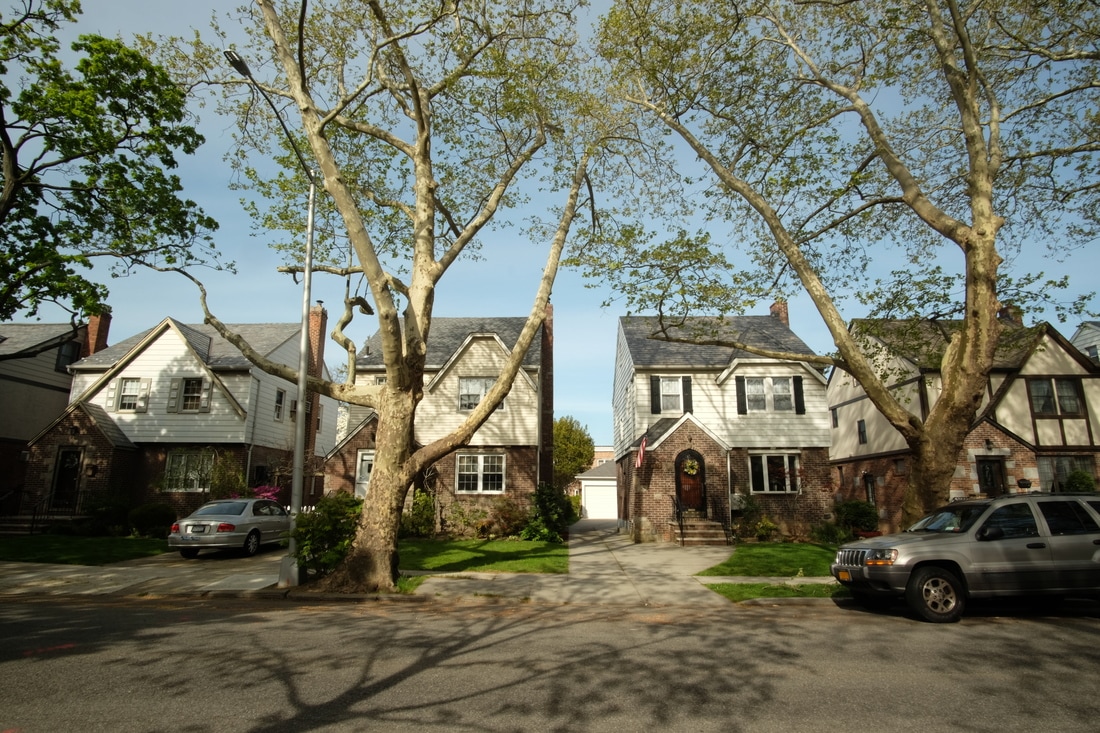
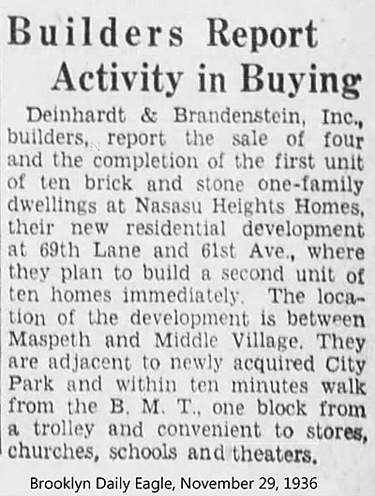
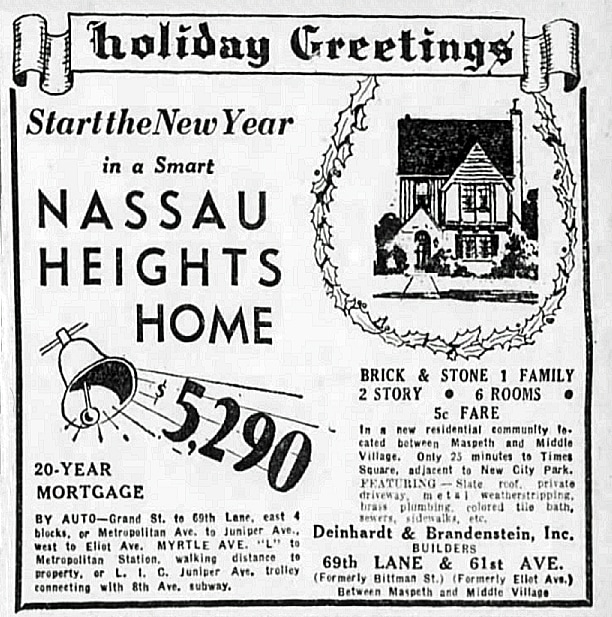
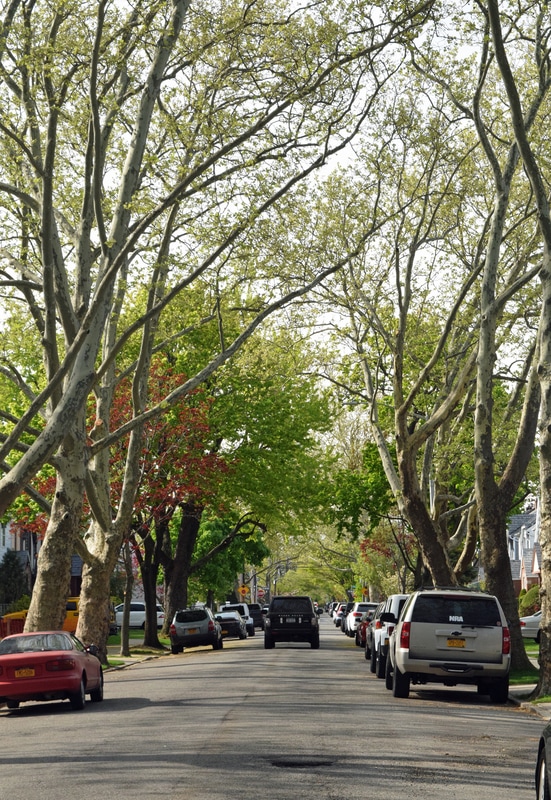
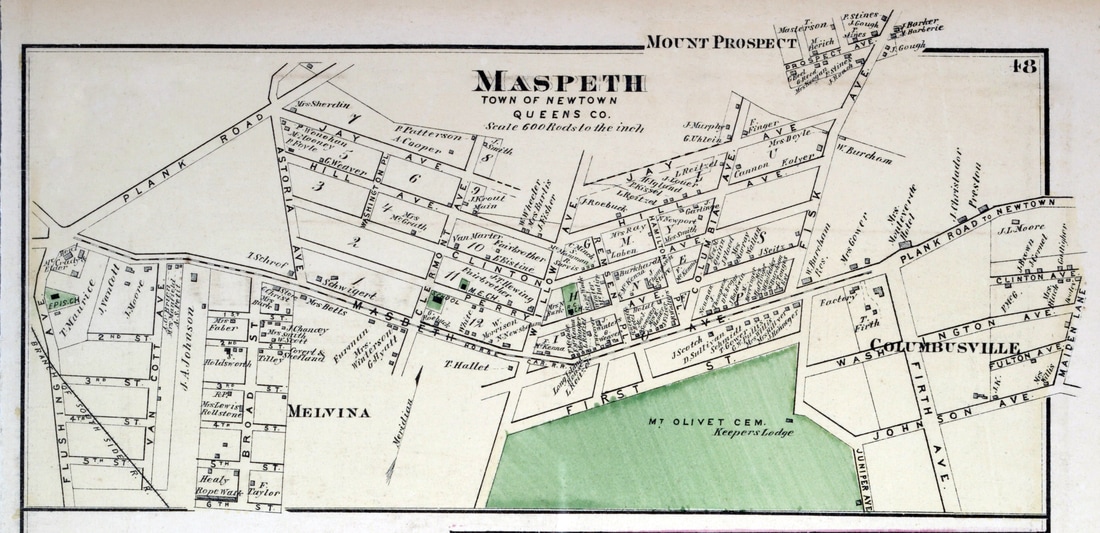
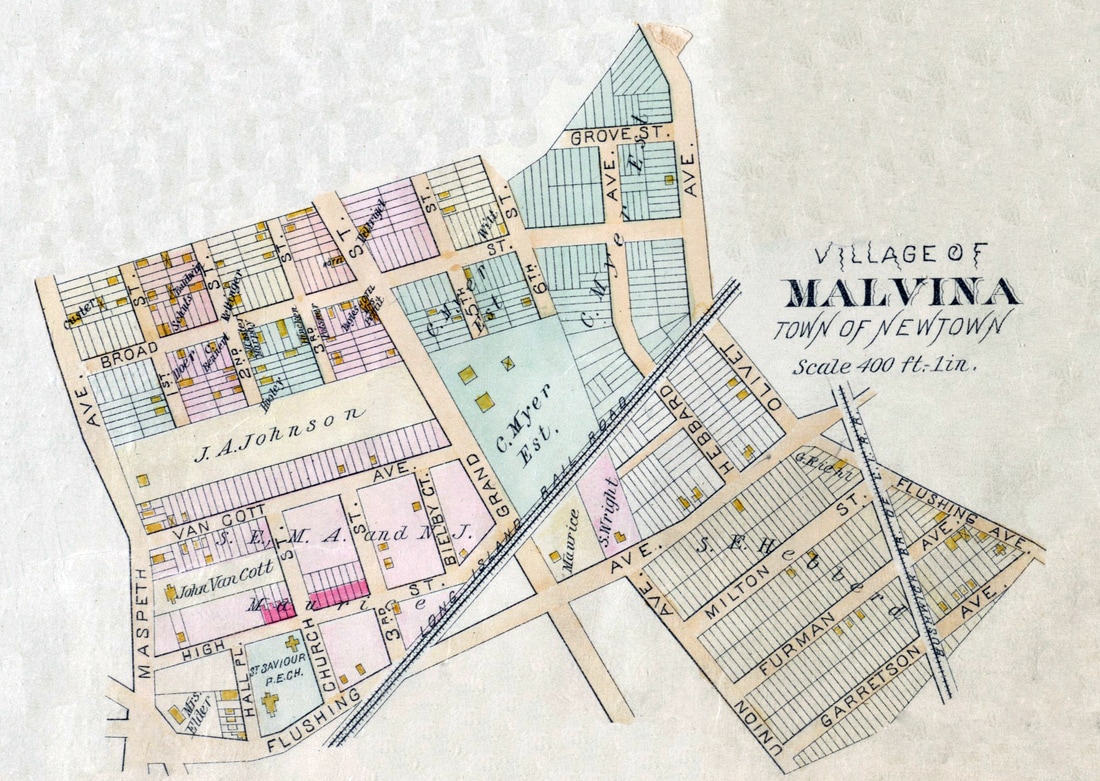
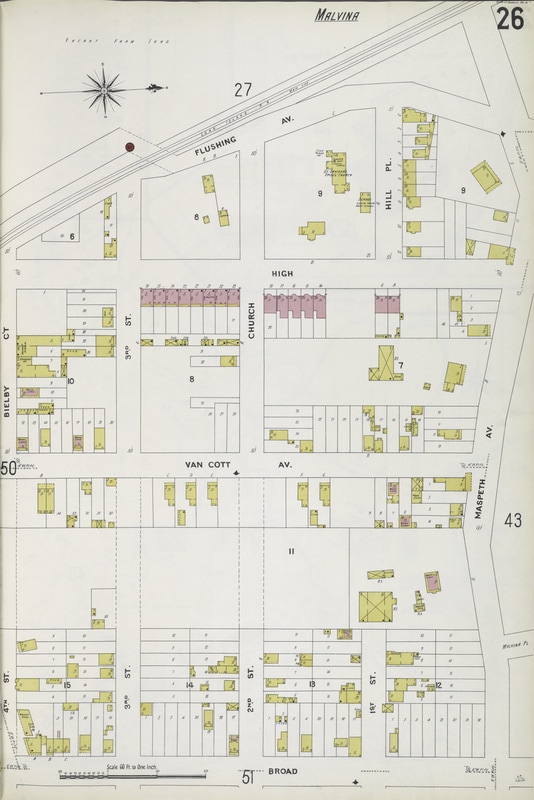
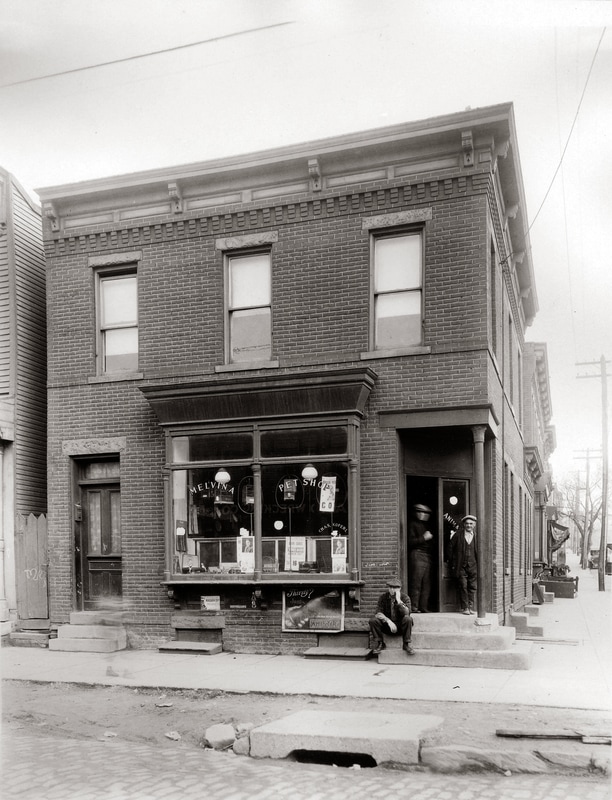
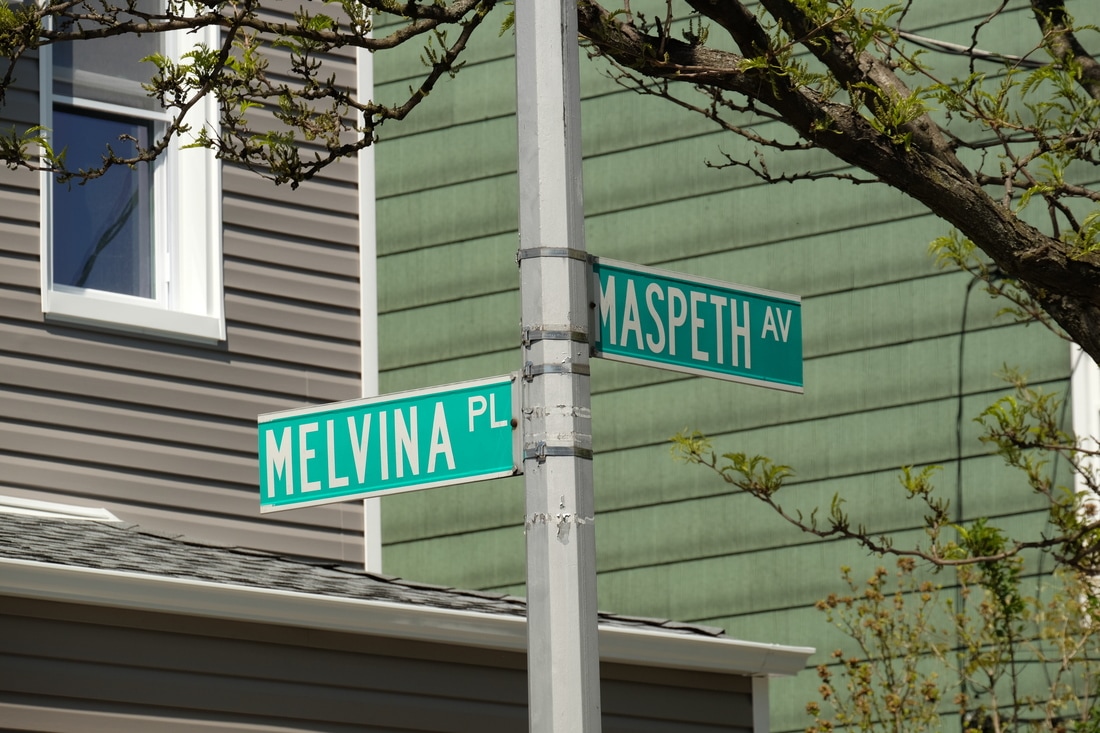
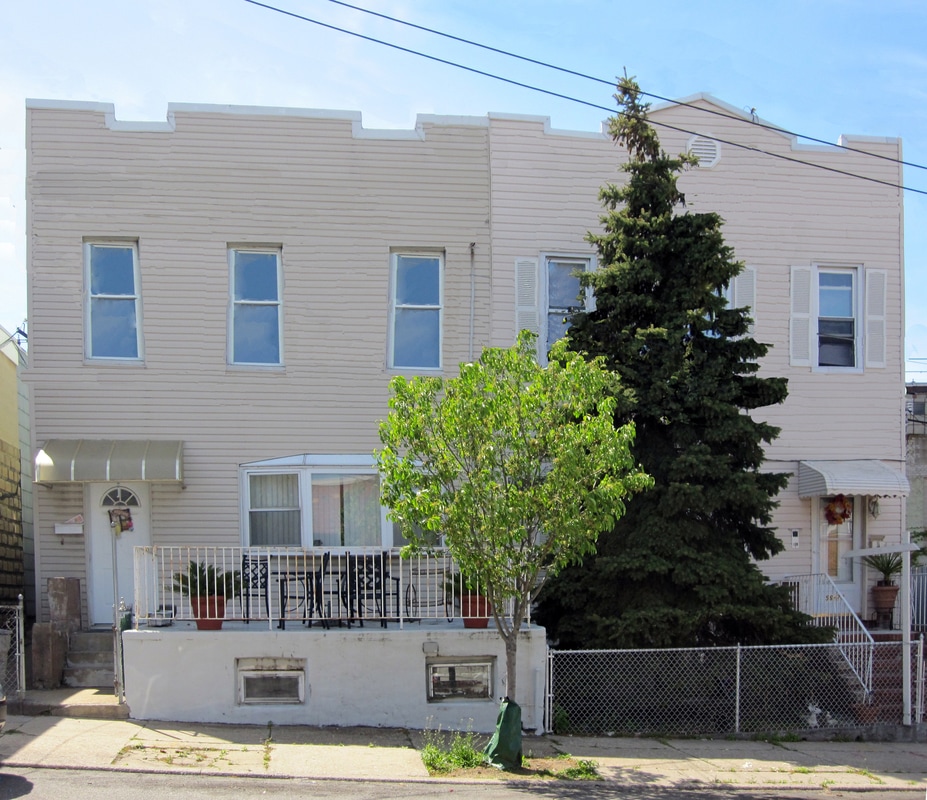

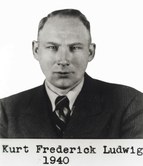
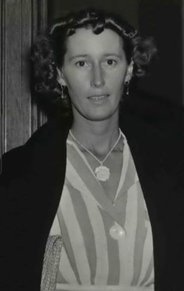
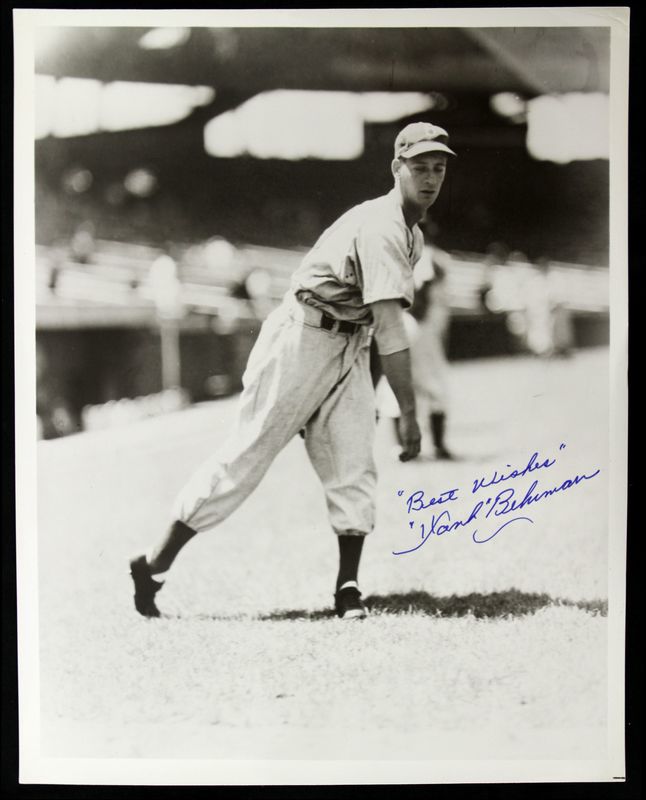
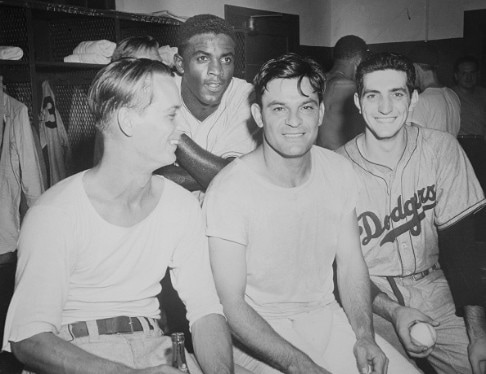
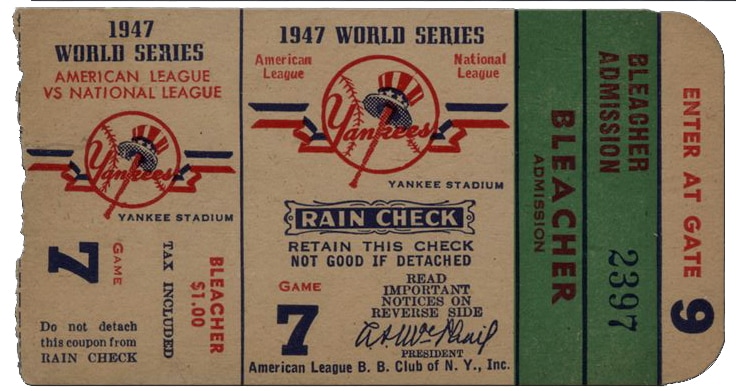
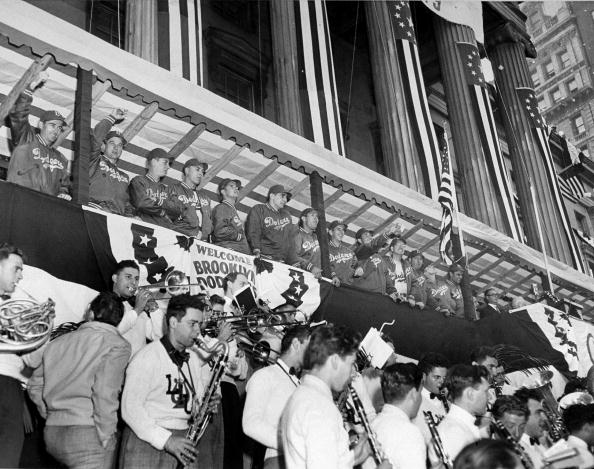
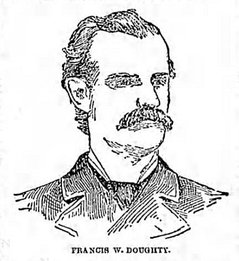

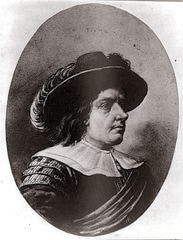
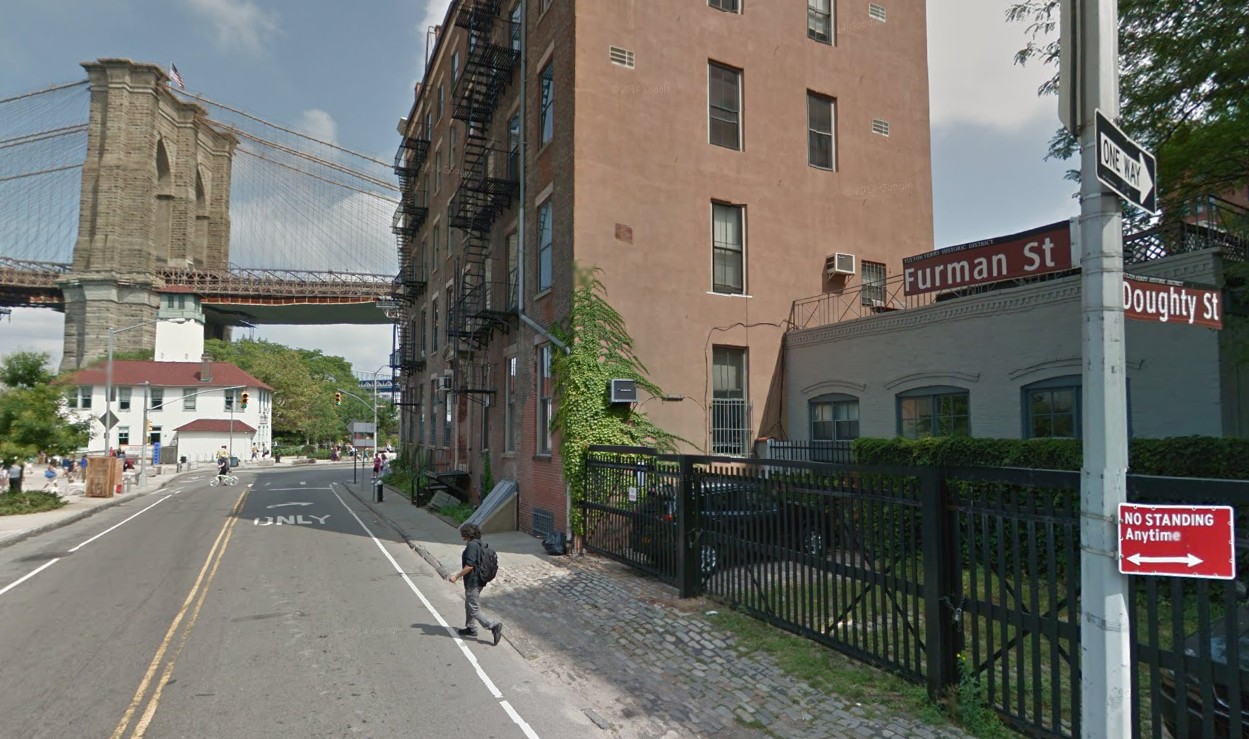
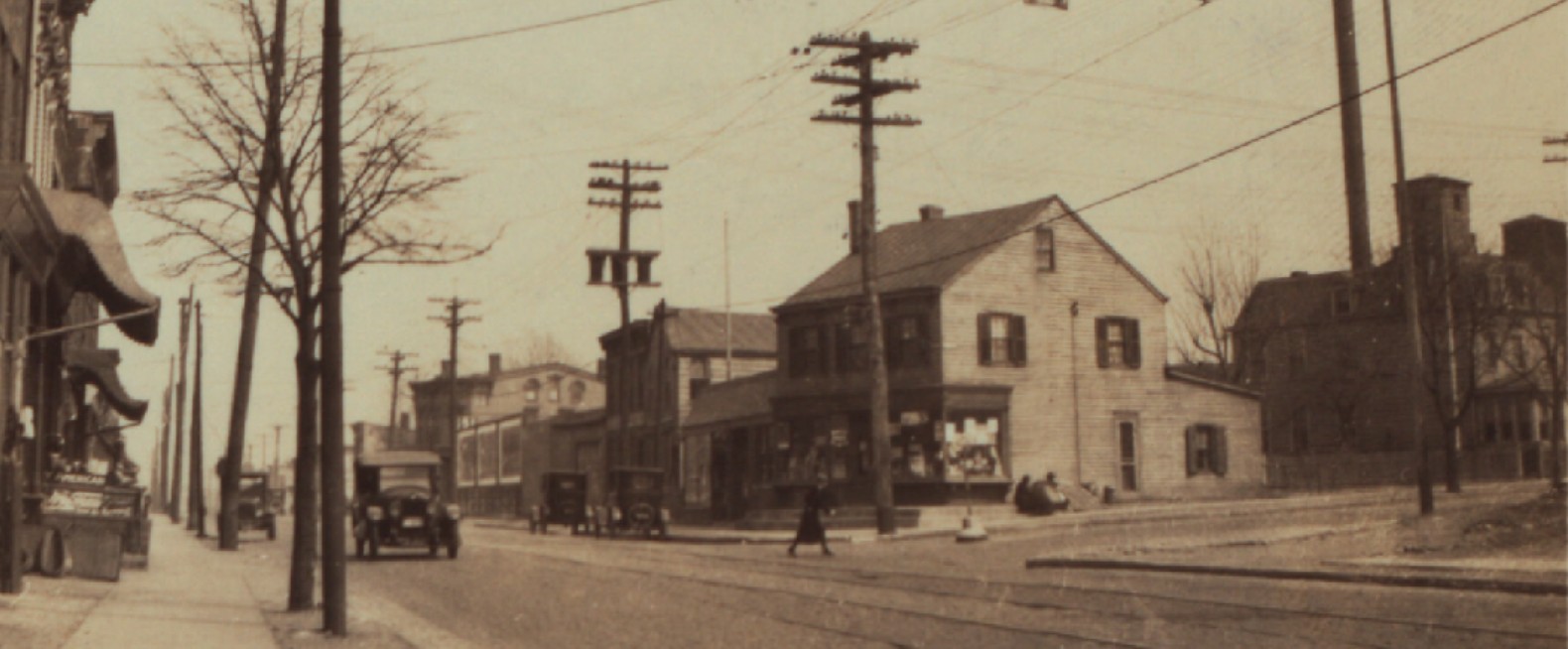
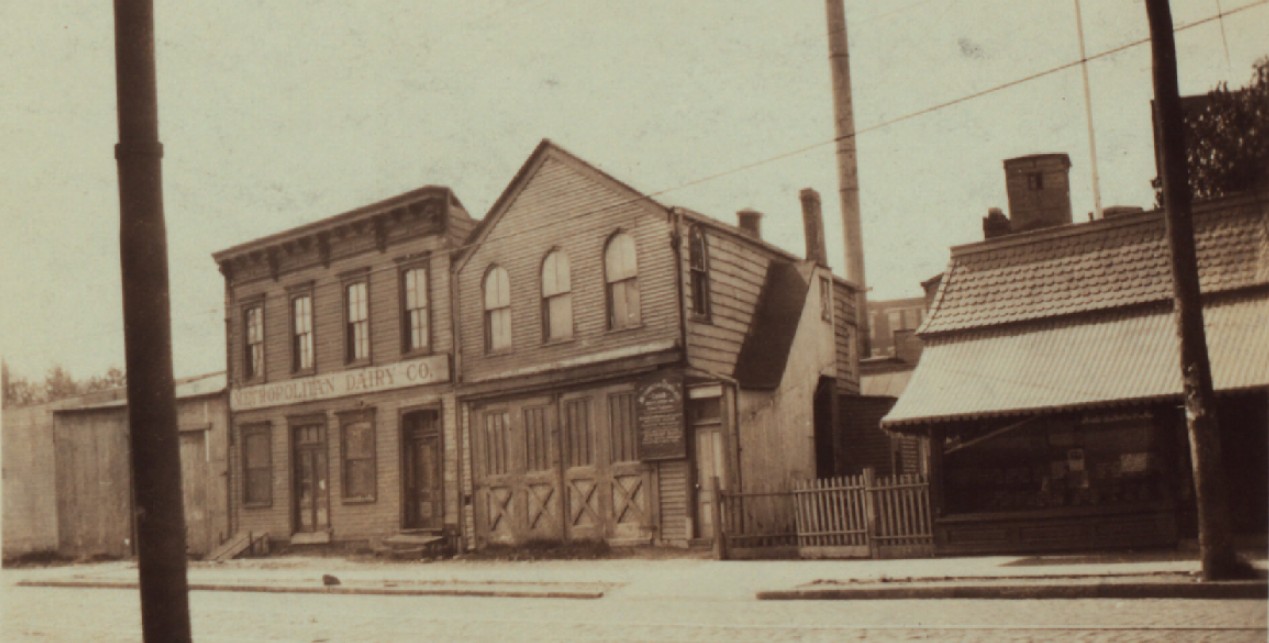
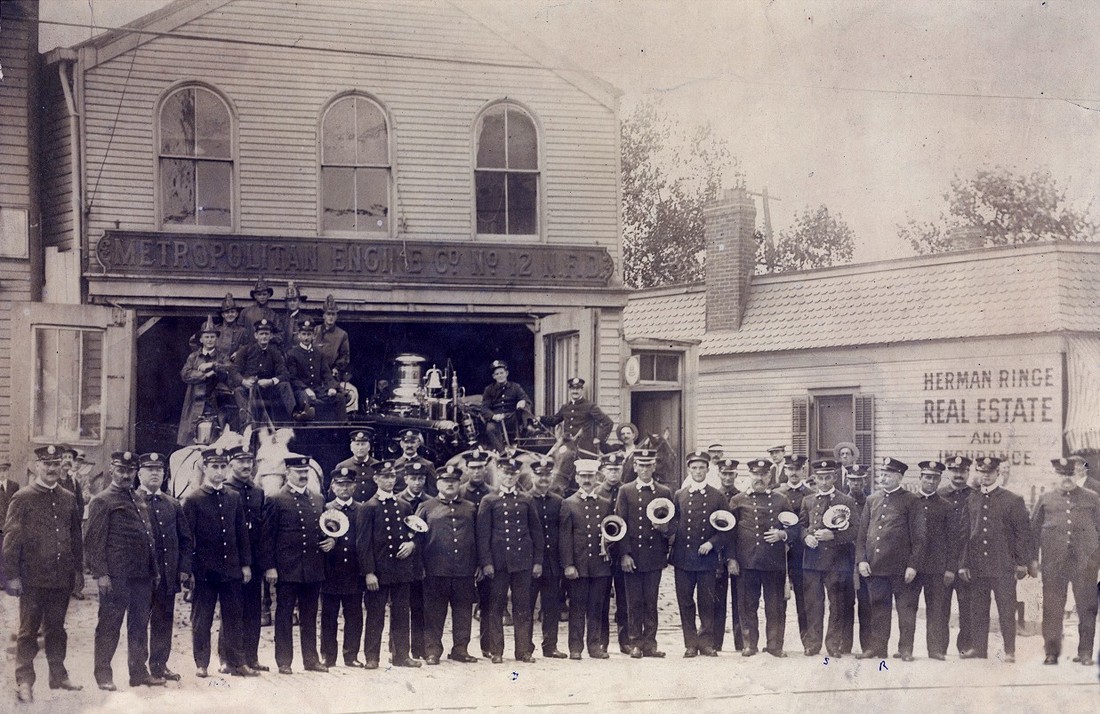
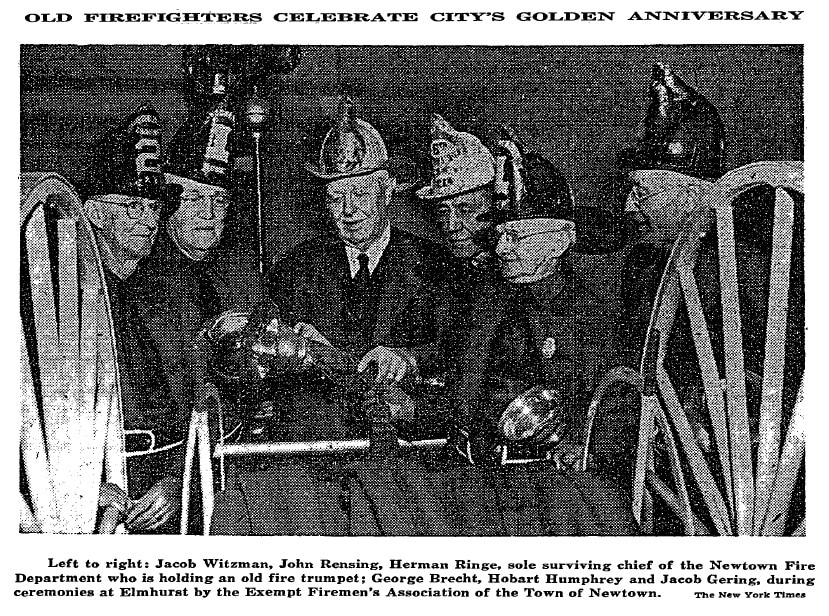
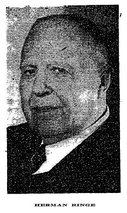
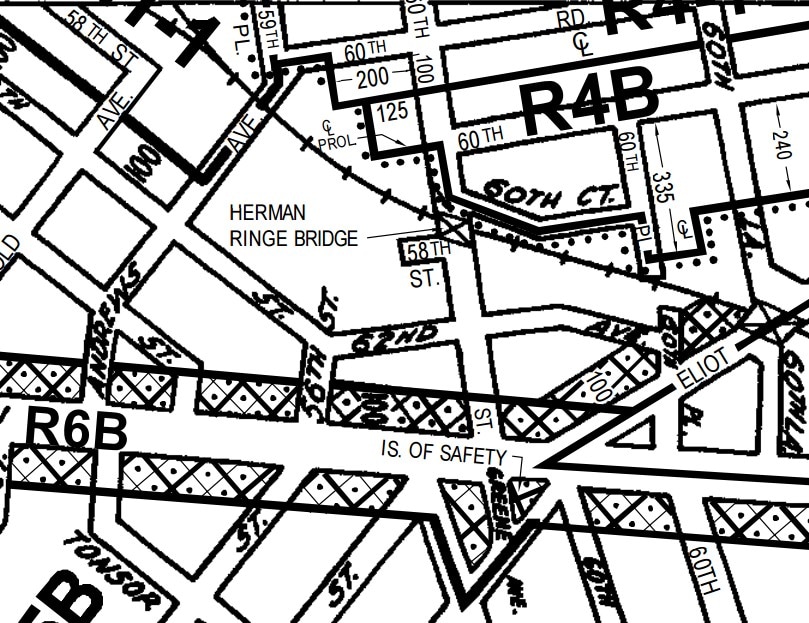
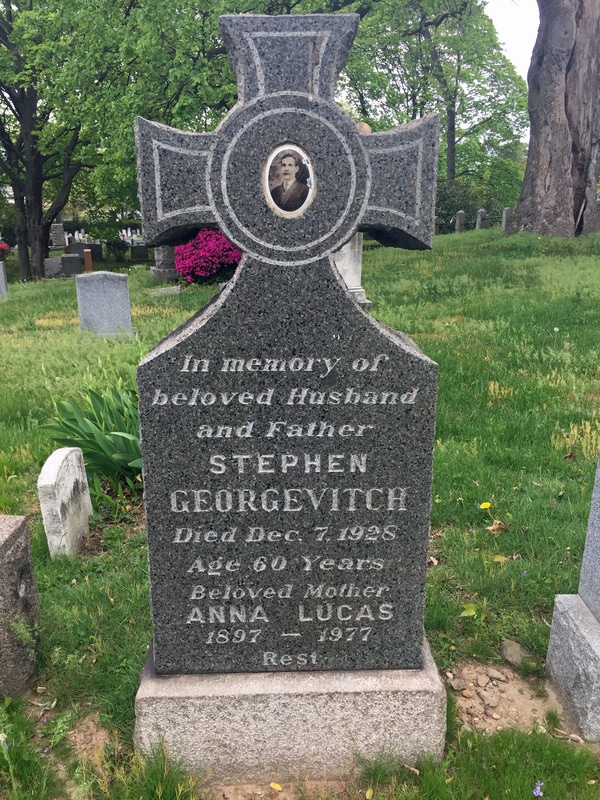
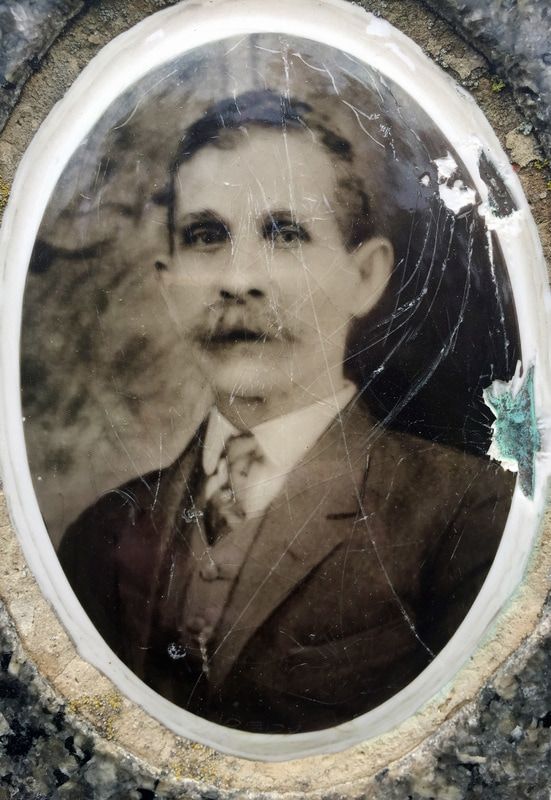
 RSS Feed
RSS Feed